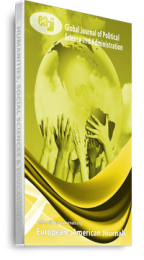It is believed that a modernized civil service is imperative to bridge governance dynamics with public interest. The Ethiopian government has introduced the change army scenario as a new modality to modernize the civil service. However, some empirical evidence indicates that though the new scenario is introduced, the civil service effectiveness is inhibited by many administrative bureaucracies. Therefore, the objective of this research is to examine the practice of the change army scenario in Addis Ababa. The relevant data was collected both from primary and secondary sources. The factors that impede the practice of change army were identified and concluded that regardless of the institutional framework in-place and some positive changes that can be cited, the application of the change army scenario is highly inhibited by misunderstanding and poorly leading the way; the application of change army is not uniform across the civil service institutions and the new scenario is not internalized; better performers are not rewarded and there is also lack of appraisal uniformity. Celebration of success is almost not practiced. Hence, the reality of the change army concepts and goals needs to be well communicated. Follow-up should be in place to make uniform the application of the new practice. Civil service leaders and process coordinators have to internalize and play their active role in leading changes.
Gebre Miruts and Nigussie Daba (2022) Change Army: The New Face of Modernizing Civil Service in Ethiopia, Global Journal of Political Science and Administration, Vol.10, No.2, pp.44-62
Keywords: change army, civil service reform, group dynamics, modernizing civil service

